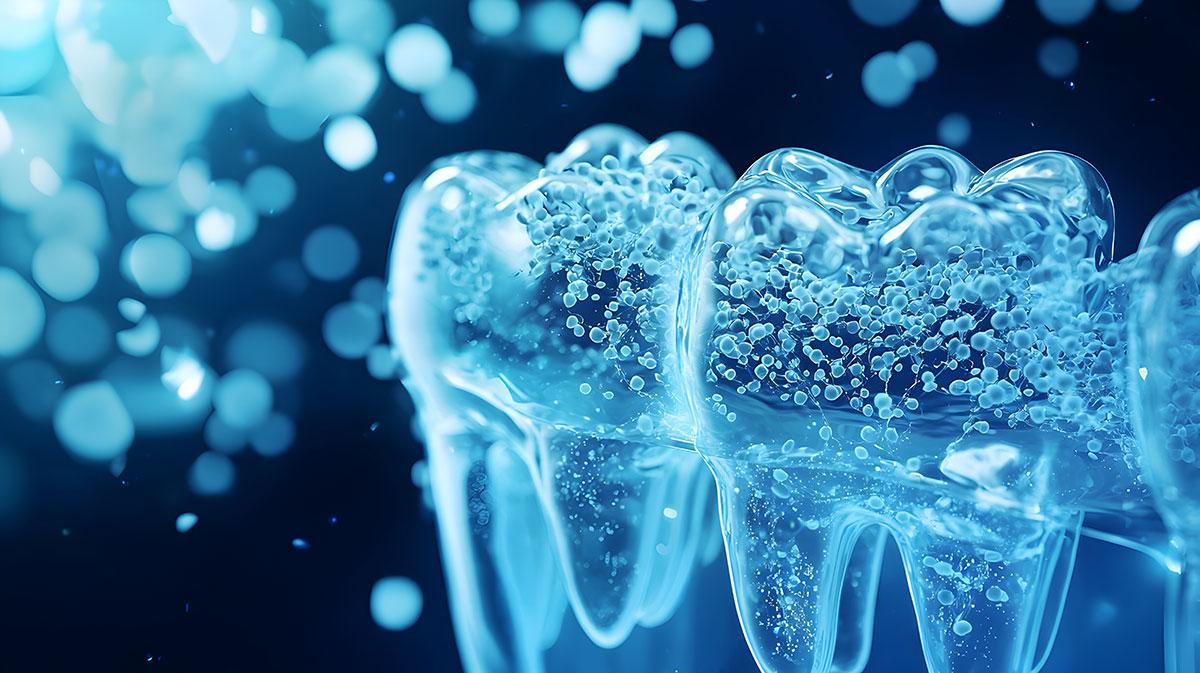In recent years, the field of dentistry has made significant strides in treating dental problems in a way that preserves as much natural tooth structure as possible. One of the most revolutionary approaches in this area is biomimetic dentistry. This innovative practice focuses on mimicking the natural properties of teeth to restore them with materials and techniques that closely replicate the original tooth structure. It is also closely aligned with the principles of minimally invasive dentistry, which prioritizes less aggressive procedures that cause minimal harm to healthy teeth. Let’s take a closer look at biomimetic dentistry, how it works, and its relationship to minimally invasive dentistry.
What is Biomimetic Dentistry?
Biomimetic dentistry is a modern approach that aims to restore teeth using materials and techniques that closely resemble the natural properties of the original tooth structure. The word “biomimetic” comes from "bio," meaning life, and "mimetic," meaning to imitate or mimic. In this context, it refers to dental materials and techniques that replicate the natural form, function, and strength of teeth.
In traditional dentistry, the focus is often on repairing the tooth to restore its appearance or basic function. In contrast, biomimetic dentistry not only aims to restore the tooth's aesthetics and function but also strives to replicate the natural biomechanical properties of the tooth. This includes maintaining the integrity of the tooth's structure, supporting its natural ability to bear the pressures of chewing, and improving long-term health and function.
How Biomimetic Dentistry Works
Biomimetic dentistry typically involves the following key principles:
-
Conservative Treatment: Instead of performing extensive tooth removal, biomimetic dentistry focuses on preserving as much natural tooth structure as possible. This is achieved by using techniques like micro-preparation, which removes only the damaged or decayed areas and leaves the healthy tissue intact.
-
Use of Advanced Materials: Biomimetic dentists use modern dental materials, such as composite resins and ceramics, that closely match the natural enamel and dentin of the tooth. These materials are bonded to the remaining healthy tooth structure in a way that mimics the strength, elasticity, and wear-resistance of natural teeth.
-
Stress Distribution: One of the key features of biomimetic dentistry is the use of techniques that ensure that the restored tooth will be able to distribute the forces of chewing evenly across the tooth and prevent further damage. This can involve using materials that are more flexible and better able to handle biting forces.
-
Natural Function and Aesthetics: Biomimetic restorations are designed to look and feel like natural teeth, ensuring that they blend seamlessly with the rest of the smile while also functioning optimally. This holistic approach means that the restoration not only looks great but also works in harmony with the rest of the tooth structure and surrounding teeth.
Dr. Lin uses biomimetic techniques in his practice whenever possible. He takes pride in offering conservative treatments for patients in order to increase the longevity of his patient’s teeth. Dr. Lin offers consultations on cracked teeth. Call our office today to schedule an appointment at 714-921-2110.


